Table of Contents
Introduction: Welcome to Gran Sabana — Venezuela’s Land of Lost Worlds
Just imagine everything in one picture thrown down the hill: flat-topped mountain peaks tear the sky, waterfalls move on the clouds, and golden savannas extend their arms and reach the horizon – this place is Gran Sabana, one of the most striking and hitherto mysterious locations on the planet. Deep in the southeast of Venezuela, this immense highland plateau is a UNESCO World Heritage site and is within the Canaima National Park of where of the oldest geological formations exist on the planet.
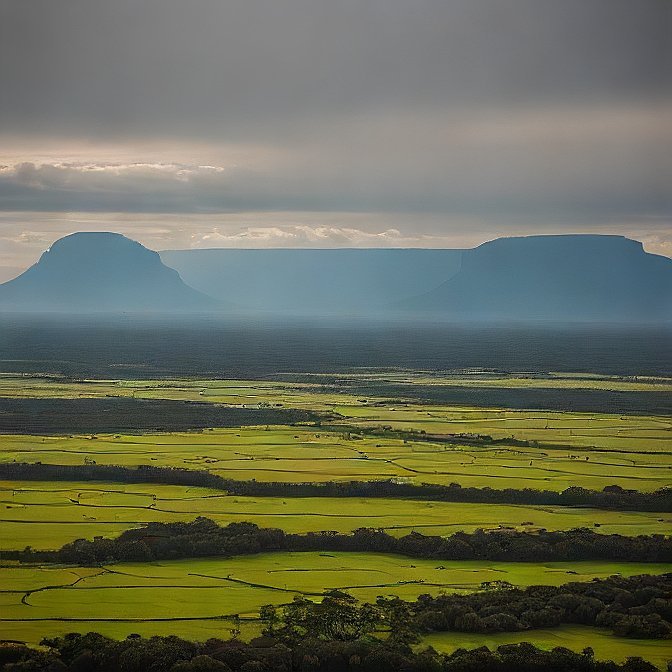
Gran Sabana is not an ordinary piece of nature worth viewing, but it is the ground of native Pemon culture and spiritual myth, along with unspoiled nature. Ragged tepuis (table mountains) such as Mount Roraima are the main highlands above low valley landscapes, and the highest waterfall, Angel Falls, plunges down a mist-moistened precipice.
This ultimate guide is packed with all the information you need to convince and prepare to have one epic adventure there, including how to get there, what to see and when, how to be a responsible traveller and preserve this vulnerable ecosystem to honour the people there. The Gran Sabana is beckoning, whether you are a nature lover, photographer, or adventurer at heart.
Where Is Gran Sabana? Mapping Venezuela’s Remote Paradise
Far in the southeastern part of Venezuela, the Gran Sabana occupies the territory of the Bolivar State and covers the territory of one of the oldest geological regions on the planet – the Guiana Shield. This huge space makes the UNESCO World Heritage site and Canaima National Park, which is distinctive of biodiversity and astonishing in terms of physiography.
Gran Sabana is also a very important ecological site as it is between Brazil and Guyana, connecting the central river systems such as the Amazon River and the Orinoco Basin. The reason why it is distant is incorporated into its magic – wild, untouched, and largely free of any mass tourism.
Why the Gran Sabana Is Unlike Anywhere Else on Earth
Gran Sabana makes it such a world-famous attraction because of its tepuis, which are massive, flat-topped mountains that elevate sharply above the savannah conditions. Sandstone monoliths such as Tount Roraima, Kukenan are some of the oldest pieces of rock on earth, dating back to approximately two billion years.
At the summit of these towering mesas is a cascade of water called Angel Falls (Salto Angel) (the tallest waterfall in the world at 979 meters). Its consistent freefall off the Auyan-tepui cliff forms a misty vision of authority.
It is a geological and biological marvel because this land has endemic species, alien-like rock formations, and ancient caves found nowhere as a destination on Earth.
Check Out: Valley of Gangala: Japan’s Hidden Gem Every Explorer Should Discover.
Indigenous Culture and Spiritual Significance
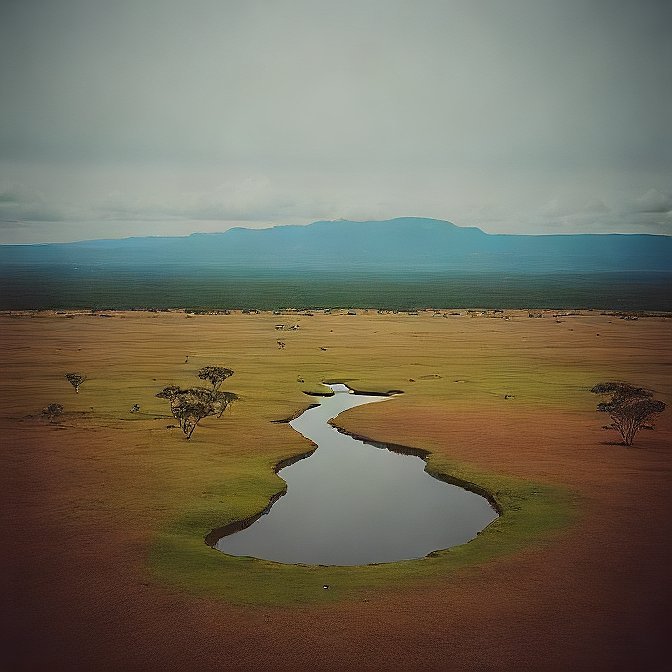
The Pemon indigenous people, who are natives of the Gran Sabana, have managed to live in harmony in this area for the last centuries. The interaction between them and their tepuis is spiritual in character – the mountains are regarded as dwelling places of gods and ancient spirits, a nd many of their locations are sacred.
The myths of Roraima and Auyan-tepui legends are implanted into the Pemon worldview, which is already full of mysticism enough. Tourists should also accept the responsibility of becoming a responsible tourist by listening to the local guides and residing in the eco-lodges owned by the locals or tours run by the local community.
How to Get to the Gran Sabana: A True Journey into the Wild
A person has to work to gain access to the Gran Sabana. Most of the travelers begin their trip in one of the two large cities, Ciudad Bolivar or Puerto Ordaz, in Bolivar State, with buses as well as flights.
A long journey on the Trans-Amazonian Highway (or Troncal 10) will afterwards usher the visitor to the very depths of the Gran Sabana, through forests, rivers, and plateaus.
They are very strongly recommended to take organized tours to the area, especially the non-Spanish speakers, since the area is not only located remotely, but also has minimal infrastructure. However, it is possible to access by independent means, with the correct permits, 4x4s and local experience, and adventurous travellers can access it.
Top Attractions in the Gran Sabana You Can’t Miss
To visit the Gran Sabana is to discover one of the most bizarre landscapes on the planet. Begin by visiting Mount Roraima, the mythical tepui harking back to The Lost World. The several-day trek culminates in a spooky plateau full of ancient geological formations and clouded forests.
Then you need to visit Angel Falls, which is the highest waterfall in the world and which flows down Auyan-tepui. One can also get there by boat and small hikes, normally in the rainy season when the water flow at the time is massive.
The Jaspe River, with its red jasper stone bed, Quebrada de Jaspe, Kama Falls, and Chinak, Meru are just a few non-vegetative gems that you should not fail to see because they provide a mere glimpse of serenity, and cultural significance.
Best Time to Visit the Gran Sabana: Seasons, Weather & Tips
The time of the year you are visiting the Gran Sabana will determine both your safety and a good time. It is easier to travel and there is more sunshine during the dry season (December to April) to do a trek to Roraima. During the wet season (May-November), the waterfalls become roaring cascades, and they are ideal for taking pictures.
Smart packing: no matter what time of year, take the same gear: waterproof wear, climbing shoes, bug spray, body cream, camping tools will always come in handy in these rocky places.
Where to Stay and What to Eat in the Gran Sabana
The accommodation is simple, with some basic campsites, some lovely eco-lodges and others run by the Pemons themselves, posadas, where you are sure of genuine hospitality and getting away of the trail.
Lack of variety means that food is scarce in remote places; as such, many travelers carry their own tantalizers or meet up with tour operators to share meals. You can have local Venezuelan food where possible, such as arepas and stews, and in general, eat sustainably by not using one-time packaging.
Nature and Wildlife in the Gran Sabana
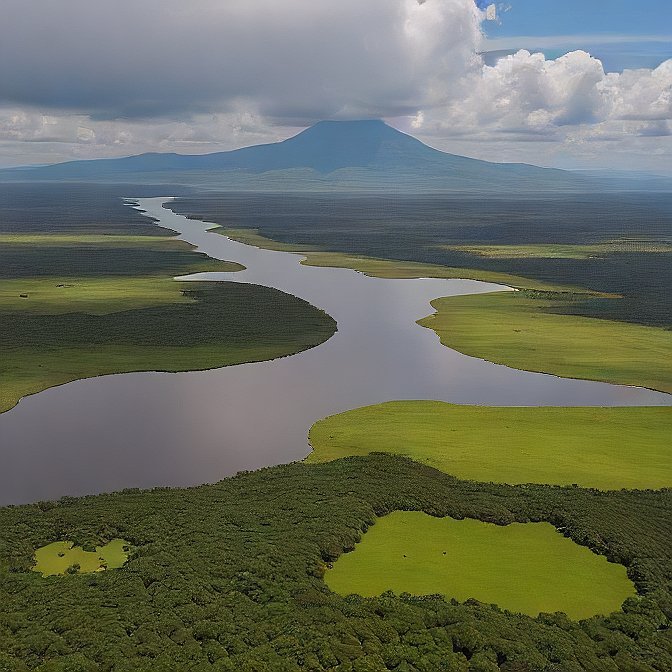
The Gran Sabana zone is filled with various kinds of animals and plants that you cannot find in similar territories in other places. Look for orchids, coloured frogs, toucans, capybaras, and even jaguars.
Even the tepuis themselves possess endemic species which have been evolving in isolation, millions of years. This is among the most valuable and ancient ecologies on planet Earth, and that is why we should take care of it so be used in an afternoon.
Tips for Sustainable Travel in the Gran Sabana
To ensure that the Gran Sabana stays in its untouched wilderness, you should know the leave-no-trace rules: take everything you brought, do not damage plant life, and just stay on the designated paths.
Never disrespect native ways and holy areas, particularly in the region of the tepuis. Choose eco-certified tours and local operators that guarantee sustainability, conservation, and a fair working environment.
Conclusion
Gran Sabana is not a place to visit, but a trip to one of the most old and pristine areas of the planet. It is a unique combination of nature, swingeing wonder, and native culture and roots, with its sky-high mountainous tepuis, huge roaring cascades, and deep-seated indigenous roots.
It does not matter if you are climbing Mount Roraima, staring at the Angel Falls, or watching red rivers formed out of jasper; the Gran Sabana makes you feel at one with the planet in its most elemental state, most pure.
Leave only the footprints, take only memories, and do not leave anything to spoil this mystical land, and feel your newfound respect towards nature and adventure.
For more info: Click Here.
FAQs
Q1: Do I need permission to visit the Gran Sabana or Mount Roraima?
As a matter of fact, he or she must be capable of traveling to some locations in the Gran Sabana, in addition to Mount Roraima, using permits and with the aid of a certified guide. This is one of the operations mainly handled by the tour operators on your behalf.
Q2: Is the Gran Sabana a safe place to travel?
Gran Sabana is not unsafe for tourists in general, but it is safe most of the time when you visit as a group and you are accompanied by guides who are experienced. However, due to the remoteness and the absence of any type of infrastructure, it ought to be ready, and therefore, there is a need to be aware of the situation on the ground.
Q3: Am I obliged to be on tour so as to visit the Gran Sabana, or is it possible to tour the area on my own?.
In spite of the fact that it is possible to realize some part of the area independently, the largest number of tourists have to take a guided tour, especially when it is necessary to visit the sites during the intercourse and see the country and its culture and other distant locations, including Angel Falls and Mount Roraima.

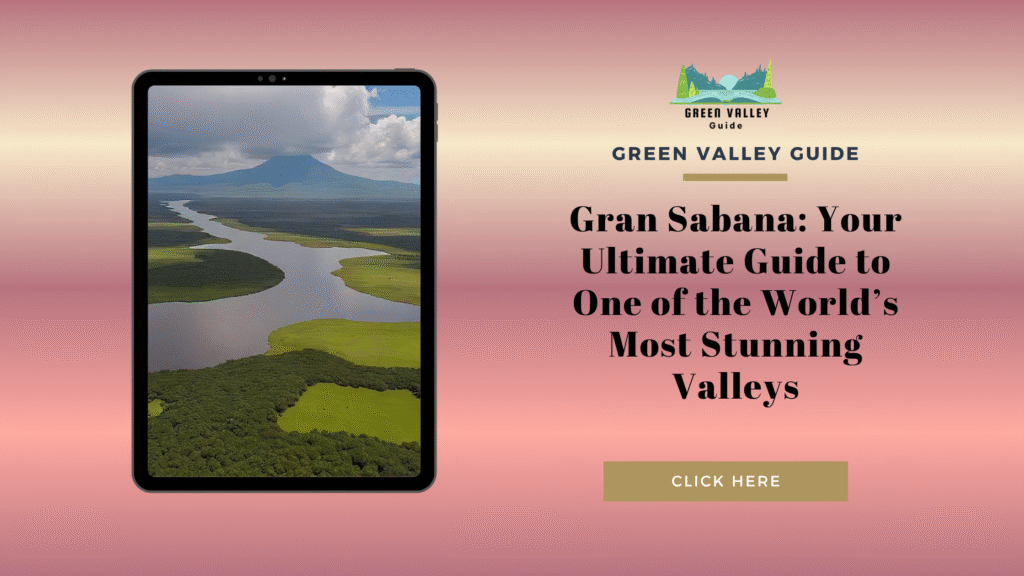

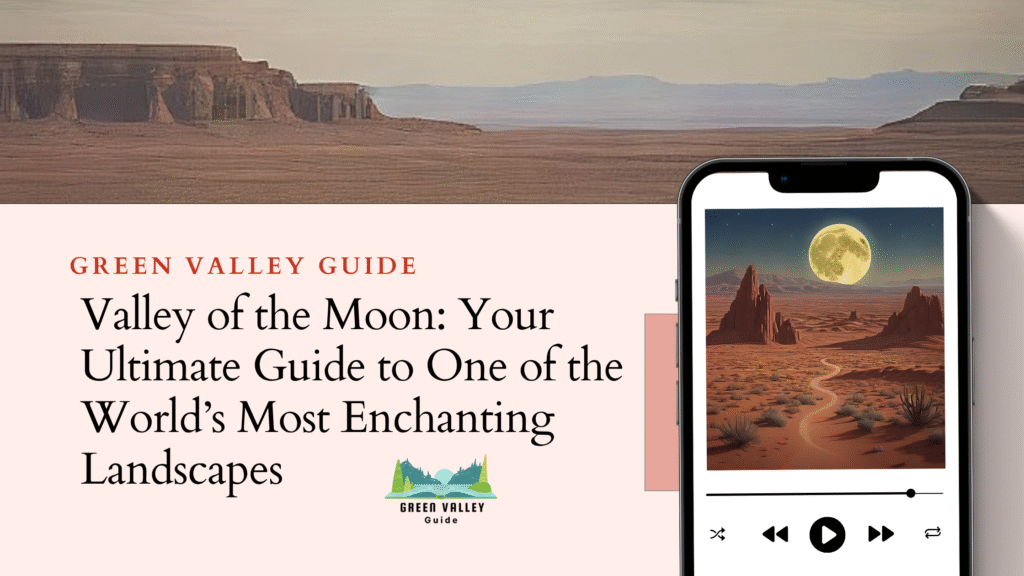
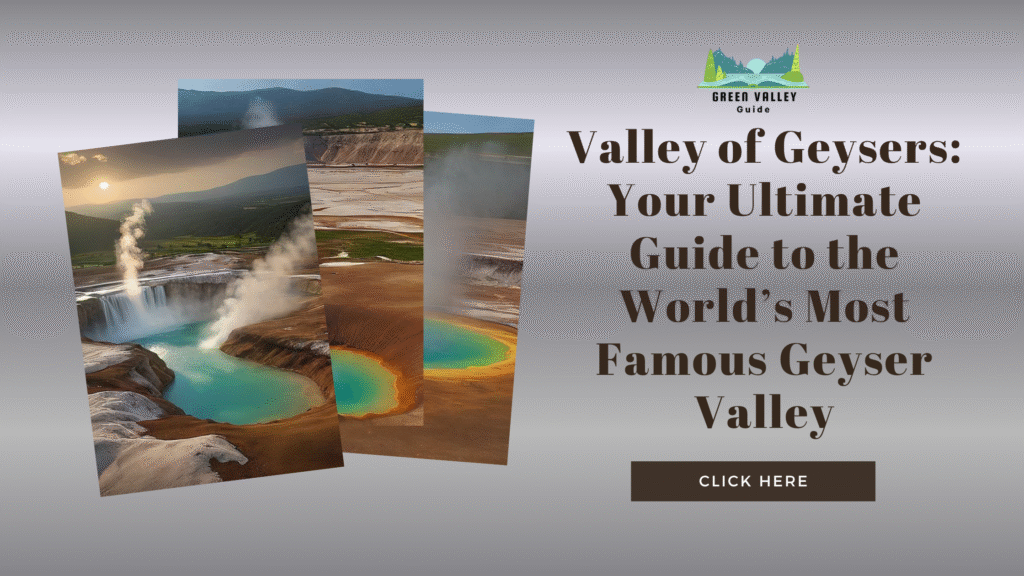
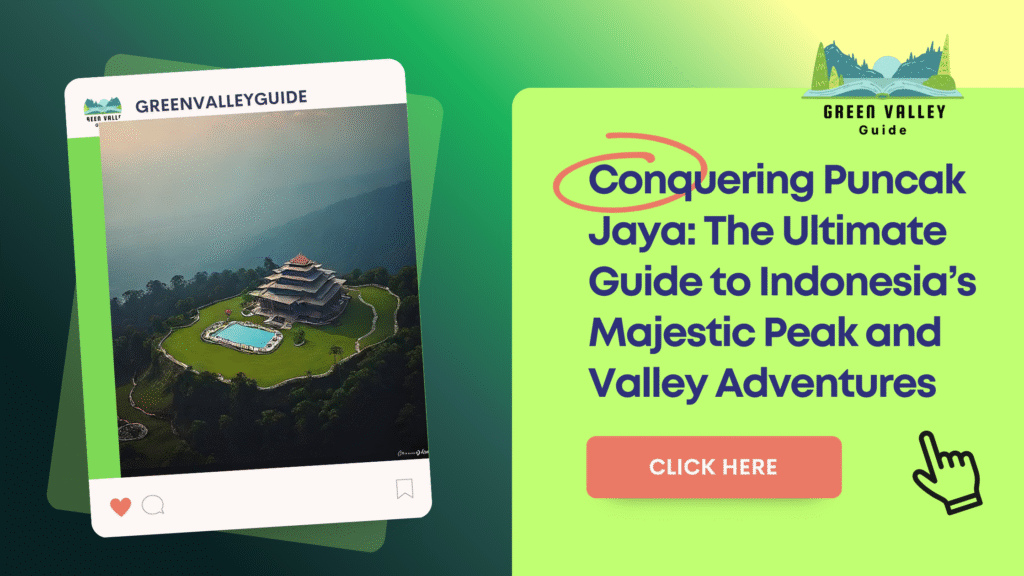
Attraction for History lovers!